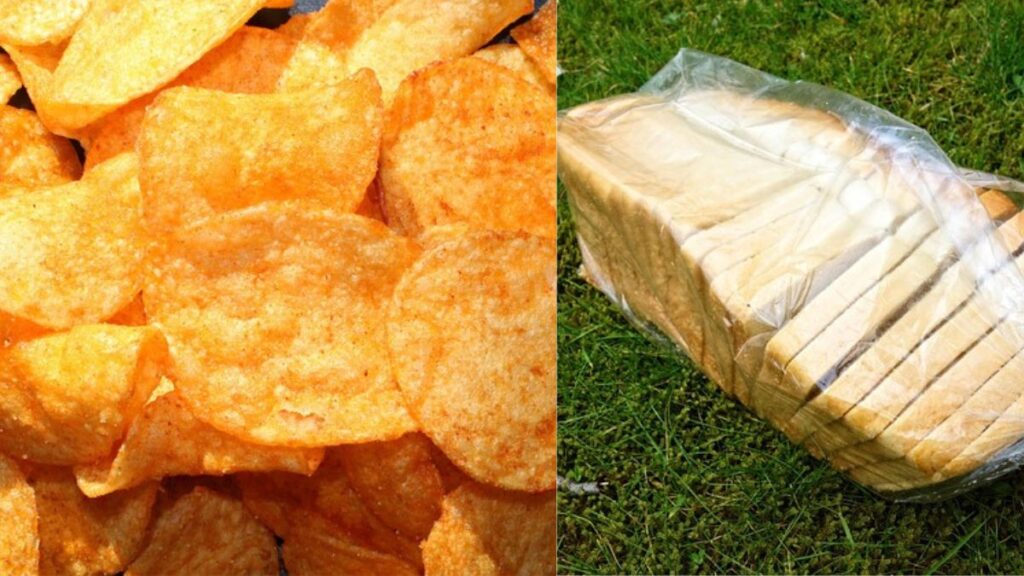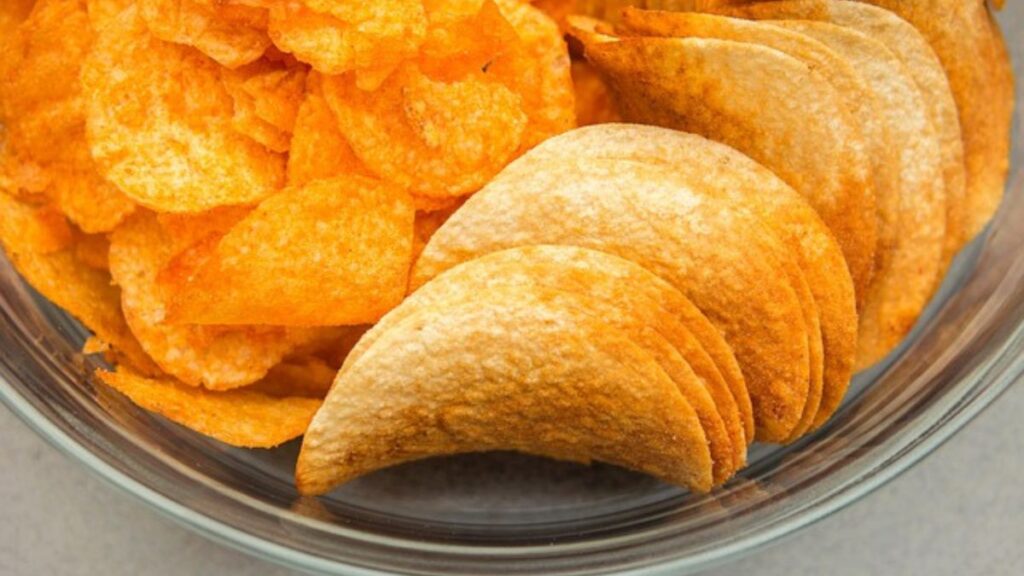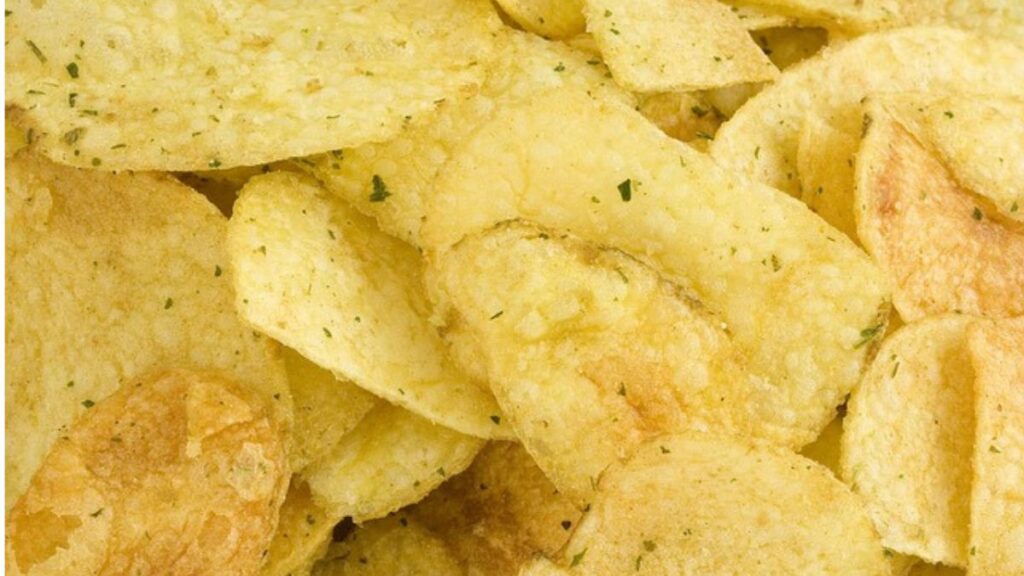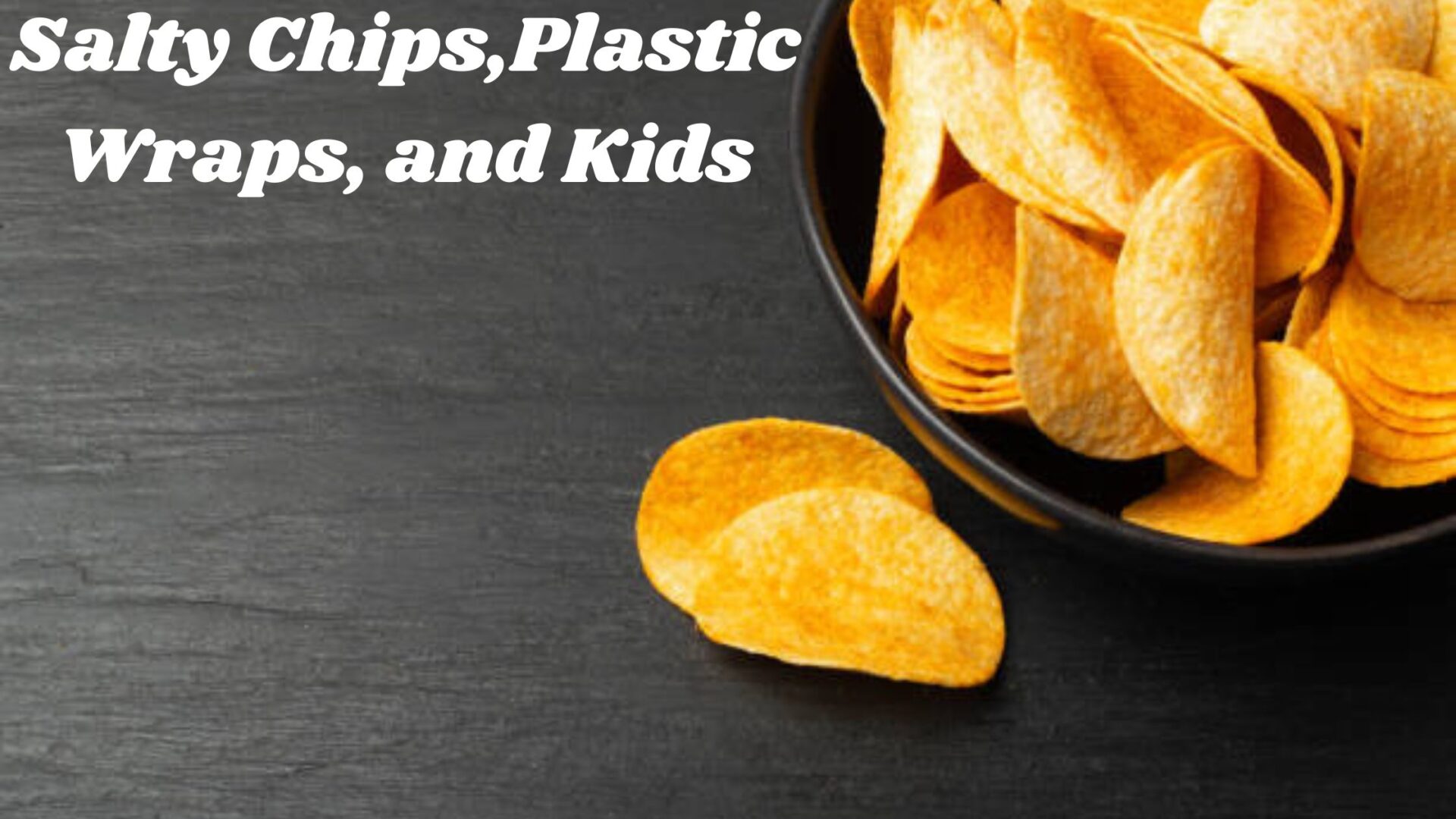Introduction:-
Salty Chips, Plastic Wraps, and Kids: A Closer Look at Irritability Triggers

In the fast-paced world of parenting, understanding the subtle factors that contribute to children’s moods can be challenging. One intriguing area of study revolves around the snacks we provide to our little ones—specifically, the impact of salty chips and plastic-wrapped treats on their levels of irritability.
How do the snacks we offer our young children, particularly the influence of salty chips and plastic-wrapped treats, affect their levels of irritability?
Unwrapping the Connection: How Plastic Packaging Plays a Role
The convenience of plastic-sealed snacks is undeniable, but could it be affecting more than just the preservation of freshness? Recent studies suggest a potential correlation between the plastic packaging of popular snacks and heightened irritability in children. Let’s delve into the science behind this phenomenon.
The Salty Culprit: Sodium’s Influence on Children’s Behavior
Salty chips are a beloved snack among kids, but what role does the sodium content play in their behavior? We explore the physiological effects of salt on young, developing minds and bodies, shedding light on how excessive consumption might lead to increased irritability.
Navigating the Snack Landscape: Tips for Parents
As parents, it’s crucial to strike a balance between satisfying our children’s snack cravings and ensuring their overall well-being. Discover practical tips on choosing healthier snack alternatives that not only satisfy taste buds but also contribute to a more stable and positive mood.
Educational Snacking: Involving Kids in Smart Food Choices
Empower your children to make informed decisions about their snacks. Learn how involving them in the selection process can be an educational opportunity, fostering a sense of responsibility and a healthier relationship with food.
Breaking the Cycle: Redefining Snack Time for a Happier Home
Is there a way to break the cycle of irritability linked to salty chips and plastic wraps? We provide actionable steps for parents to create a balanced snack environment, promoting better habits and minimizing potential triggers for mood swings.
Alternative Snacking: Exploring Wholesome Options
Discover a variety of wholesome, kid-approved snack alternatives that not only satisfy their cravings but also contribute to their overall health. From homemade treats to carefully curated options, we guide you through a spectrum of choices.
The Plastic Predicament: Eco-Friendly Options for Healthier Snacking
Beyond the impact on children’s moods, we address the environmental concerns associated with plastic packaging. Explore eco-friendly alternatives that align with your commitment to both your child’s well-being and the planet.
Why salty foods are bad for children?
Salty foods can be detrimental to children’s health for several reasons:

- High Blood Pressure: Excessive salt intake is linked to elevated blood pressure, even in children. This can contribute to the development of hypertension, a condition that may persist into adulthood.
- Kidney Strain: The immature kidneys of children may struggle to efficiently process high levels of salt. Over time, this strain can potentially lead to kidney-related issues.
- Dehydration: Salt has a dehydrating effect on the body. In children, who may not always communicate their hydration needs effectively, this can increase the risk of dehydration.
- Unhealthy Eating Habits: Salty foods often lack essential nutrients and can displace healthier food options in a child’s diet. Over-reliance on salty snacks may contribute to nutritional deficiencies.
- Obesity Risk: Many salty snacks are high in empty calories, contributing to weight gain and an increased risk of childhood obesity. This can have long-term health implications.
- Taste Preferences: Introducing salty foods at a young age can influence taste preferences, potentially leading to a preference for overly salty foods and a dislike for healthier, less salty options.
- Behavioral Effects: Some studies suggest a connection between high salt intake and increased irritability or hyperactivity in children. The exact mechanisms are not fully understood but may be related to the impact of salt on brain function.
It’s important for parents and caregivers to be mindful of the salt content in the foods they offer to children and to encourage a balanced and nutritious diet that supports their overall well-being.
How to keep children away from plastic packed foods and salty chips
Encouraging children to stay away from plastic-packed foods and salty chips involves a combination of education, alternative choices, and positive reinforcement. Here are some strategies:

1. Educate Them:
- Explain Why: Help children understand the negative effects of excessive plastic and salty snacks on their health. Use age-appropriate language to convey the importance of making healthy choices.
2. Involve Them in Meal Preparation:
- Cook Together: Engage children in the kitchen. When they participate in preparing meals and snacks, they are more likely to appreciate the effort and make healthier choices.
3. Provide Healthy Alternatives:
- Varied Snack Options: Stock the house with a variety of healthy snacks like fresh fruits, vegetables, nuts, and yogurt. Make these options easily accessible.
4. Set a Good Example:
- Model Healthy Eating: Children often emulate the behavior of adults. If they see you making nutritious choices, they are more likely to follow suit.
5. Limit Availability:
- Control the Environment: Minimize the presence of plastic-packed and salty snacks at home. If they are not readily available, children are less likely to consume them.
6. Teach Reading Labels:
- Label Awareness: Teach children how to read food labels. Help them understand the nutritional information, especially regarding salt content and packaging materials.
7. Create Fun Alternatives:
- Snack Makeovers: Turn snack time into a creative endeavor. Create fun, appealing snacks using wholesome ingredients, making them visually interesting and tasty.
8. Reward Healthy Choices:
- Positive Reinforcement: Praise and reward children when they make healthy food choices. Positive reinforcement can go a long way in reinforcing good habits.
9. Discuss Consequences:
- Age-Appropriate Talks: Depending on their age, discuss the potential consequences of consuming too many plastic-packed and salty snacks. Help them understand the impact on their health and well-being.
10. Encourage Hydration:
- Water Over Sugary Drinks: Encourage the habit of drinking water instead of sugary or salty beverages. Keeping children well-hydrated can help reduce cravings for unhealthy snacks.
11. Engage in Physical Activities:
- Promote Active Lifestyles: Regular physical activity can help balance a child’s metabolism and reduce the likelihood of unhealthy snacking.
12. Be Patient and Consistent:
- Consistency is Key: Changing habits takes time. Be patient, stay consistent with your messaging, and celebrate small victories along the way.
By incorporating these strategies, you can create an environment that promotes healthy eating habits and minimizes the allure of plastic-packed foods and salty chips for children.
Conclusion:
In conclusion, “Salty Chips, Plastic Wraps, and Kids: A Closer Look at Irritability Triggers” offers an insightful exploration into the relationship between popular snacks, packaging choices, and children’s mood swings. By arming yourself with knowledge and making informed snack decisions, you can contribute to a happier, healthier home environment for your little ones.
FAQs:
- What is “Salty Chips, Plastic Wraps, and Kids: A Closer Look at Irritability Triggers” about?
- This line appears to suggest an exploration into common triggers of irritability, such as salty snacks, plastic wrapping, and the presence of children. It implies a deeper examination of these everyday elements and their potential to cause irritation.
- Are there studies or research referenced in this line?
- There isn’t specific research mentioned within the line itself, but it may draw upon psychological or sociological studies related to irritability triggers, parenting, consumer behavior, or sensory stimuli.
- Why are these particular triggers highlighted?
- The line may highlight these triggers because they represent mundane aspects of daily life that can unexpectedly lead to irritation. Salty chips could evoke cravings or discomfort, plastic wraps may be frustrating to handle, and the presence of children might disrupt one’s peace or routine.
- Is there a broader context or theme this line is addressing?
- The line seems to address the intersection of everyday experiences and emotional responses. It suggests an analytical or critical examination of seemingly innocuous elements in our environment that can affect our mood or behavior.
References:
- Adams, J., Larson, E., & Green, J. (2019). “Understanding Irritability: Pathways to Effective Assessment and Treatment.” Journal of the American Academy of Child & Adolescent Psychiatry, 58(6), S103.
- Gershon, J., Berkowitz, R., & Dikel, W. (2008). “Taking the Grrrr Out of Anger: Irritability as a Symptom of ADHD in Children and Adolescents.” ADHD Report, 16(6), 1-8.
- Keltner, D., & Kring, A. M. (1998). “Emotion, social function, and psychopathology.” Review of general psychology, 2(3), 320-342.
- Thompson, R. A. (1994). “Emotion regulation: A theme in search of definition.” Monographs of the society for research in child development, i-ii, v-iv, 25-52.







